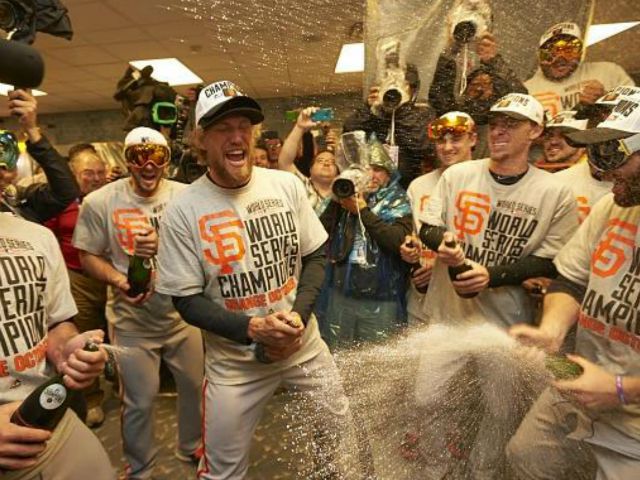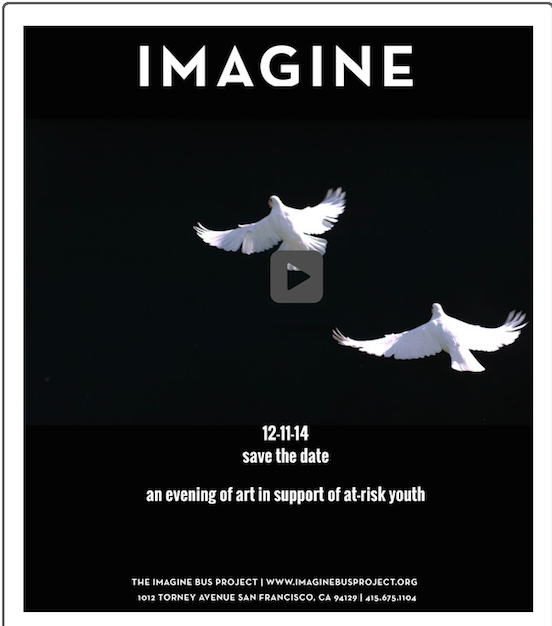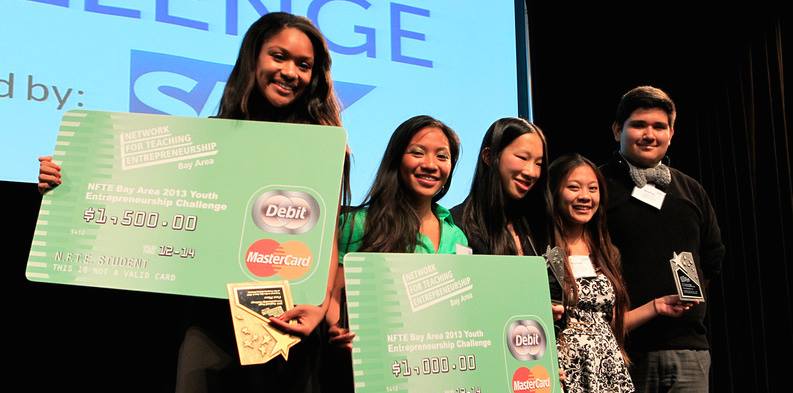“The San Francisco VA has taken care of me from head to toe. I owe them my life.”
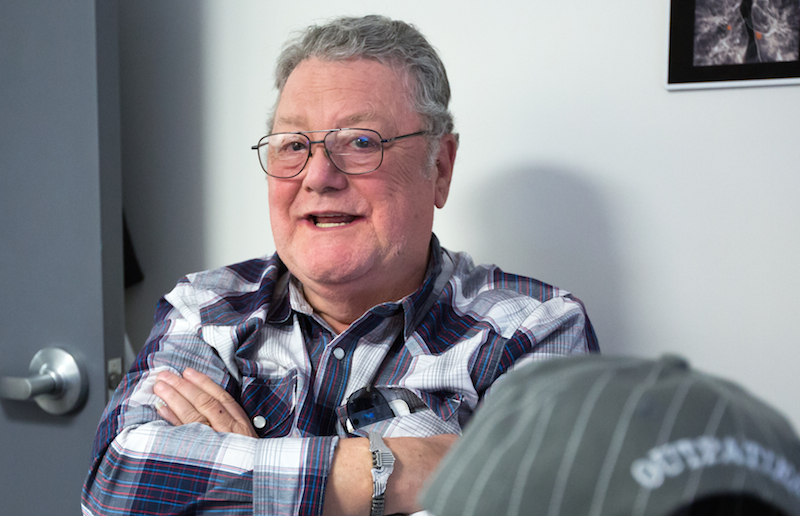
These were the words from James K. Theriault, who shared the story of his recent journey from Salt Lake City to San Francisco, where he underwent a crucial procedure concerning his blocked carotid and vertebral arteries, performed by the world-renowned interventional radiology department at the San Francisco VA Medical Center (SFVAMC).
Theriault is a Vietnam veteran who served for three years immediately following his high school graduation. Born in Canada, Theriault became a U.S. citizen at 16 and was not required to serve in Vietnam. However, as an avid supporter of the United States, he enlisted, and enthusiastically served his tour of duty and the team with whom he trained. Teamwork was also the theme of his recent medical care at the San Francisco VA Medical Center.
Theriault, a stroke victim, was referred to Daniel Cooke, MD, chief of neurointerventional radiology at SFVAMC, to evaluate his blocked carotid and vertebral arteries. He had been experiencing dizziness and falling, and his doctors in Utah were concerned he was at risk for another stroke. Because of the location of the occlusion, and the complexity of his case, he was a candidate for this procedure at the SFVAMC.
The care team included Theriault’s referring physician from Utah, Daniel Abenroth, MD, of the Department of Neurology at University of Utah’s School of Medicine; his neurointerventional radiologist, Dr. Cooke, of the UCSF Department of Radiology; and his care coordinator, Danny Langston, NP, CNS, RCP.
“I received a detailed letter with my entire list of appointments, and everything was perfect,” remembered Theriault. He described how Langston, the team’s nurse practitioner care coordinator, helped him with his entire journey, from prescribing his antiplatelet medications to scheduling lab appointments, so that, within 10 minutes of his arrival at the VA, he was ready to go.
Abenroth also referenced the collaborative nature of working as a virtual team, saying, “We initiallyreferred the patient to the San Francisco team due to the recommendation of our staff neurosurgeon at the Salt Lake City VA, who felt the patient would be well served by the San Francisco team.” He emphasized that the manner in which they worked with his group added enormous value to the outcome. “We received the results immediately and worked as a virtual stroke team to determine next steps.” Abenroth explained that the team consisted of a range of specialists to insure that Theriault’s health was reviewed holistically. Before the experience of transferring a patient to San Francisco VA Medical Center, Dr. Abenroth hadn’t realized that this resource was available to their patients in Utah. “Knowing we have access to this group is going to open the door to other patients like James.” In fact, the UCSF neurointerventional radiology team in San Francisco is a specialized referral center for the VA system and available to all VA centers nationwide.
Stroke is the fourth leading cause of death nationwide. To combat stroke, UCSF neurointerventional radiologists use advanced imaging methods to treat those affected by it as well as to help identify those at risk before stroke occurs. These radiologists, in collaboration with their neurology and neurosurgical colleagues, provide these services to the patients at the San Francisco VA. According to Dr. Cooke, “There is new evidence that, more than ever, intervention can benefit patients with stroke.”
For such patients, Dr. Cooke and his colleague Steven Hetts, MD, chief of interventional neuroradiology at San Francisco General Hospital, use cutting-edge X-ray technology. As university physicians, they are able to apply the latest scientific research to their work. At the SFVAMC, the number one research program in the VA system, with over $90 million in funding, research also plays a vital role in ensuring the latest, most frontline procedures and technologies are used.
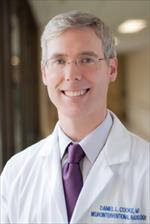
In cases like Theriault’s, the team uses an interventional radiology technique called angioplasty and stenting to non-invasively treat the arterial blockages, thereby restoring blood flow to the brain. They hope that other patients who suffer from blocked vertebral arteries and are at risk for strokes might become aware of a minimally invasive alternative to neurosurgery.
The field of neurointerventional radiology is relatively new, qualifying Dr. Cooke and his colleagues at UCSF as true pioneers. Dr. Cooke explained that his father was a neurologist and that he, himself, was interested in the surgical aspect of neurology. He found his passion using radiology to treat patients at the University of Washington. Today, at UCSF Radiology, a leading institution for the use of this technique, he says, “I am happy to provide patients an alternative to surgery because there is minimal scarring and rapid recovery time.” He and his team at UCSF divide their time between treating patients, training the next generation of radiologists, and researching new techniques to improve outcomes for patients going forward. To learn more about their work, please click here.
Today, Theriault is full of a vigor that belies his age. Now retired after a fascinating career in the military and defense logistics, he and his wife of 10 years just completed a cruise to Alaska with friends he made in Vietnam. Theriault is also an avid scuba diver (his favorite spot is Borneo), and has recently taken up a culinary arts program.
Thank you to James and his wife of Salt Lake City, Utah, for sharing your experience. We hope that your story helps other veterans understand alternatives and resources available to them when navigating complex issues surrounding their health.





 As I walked during a beautiful summer sunset here in the Presidio of San Francisco, young sparrows were darting across my path, evoking fond memories of this season in Japan, where I spent 13 years as an American expatriate. The swallow is a symbol of the hottest days in August, and their beautiful silhouette equates the summer treat, “shaved ice.” Their image is used to advertise shaved ice on fluttering cloth banners to this day. I remember the one that hung at the temple grounds where I studied gymnastics for a few years when I first moved to Tokyo from Silicon Valley at the age of 13.
As I walked during a beautiful summer sunset here in the Presidio of San Francisco, young sparrows were darting across my path, evoking fond memories of this season in Japan, where I spent 13 years as an American expatriate. The swallow is a symbol of the hottest days in August, and their beautiful silhouette equates the summer treat, “shaved ice.” Their image is used to advertise shaved ice on fluttering cloth banners to this day. I remember the one that hung at the temple grounds where I studied gymnastics for a few years when I first moved to Tokyo from Silicon Valley at the age of 13. rt of the fabric of my life today – shaping my approach to business and to life.
rt of the fabric of my life today – shaping my approach to business and to life.
